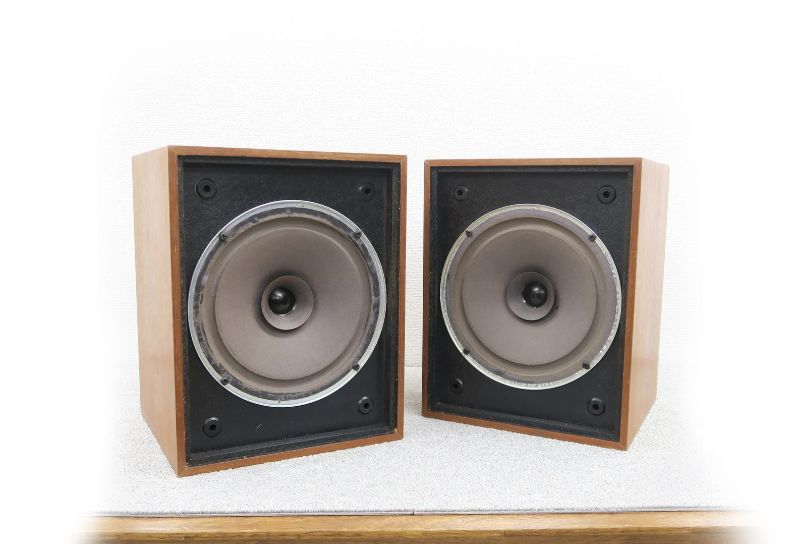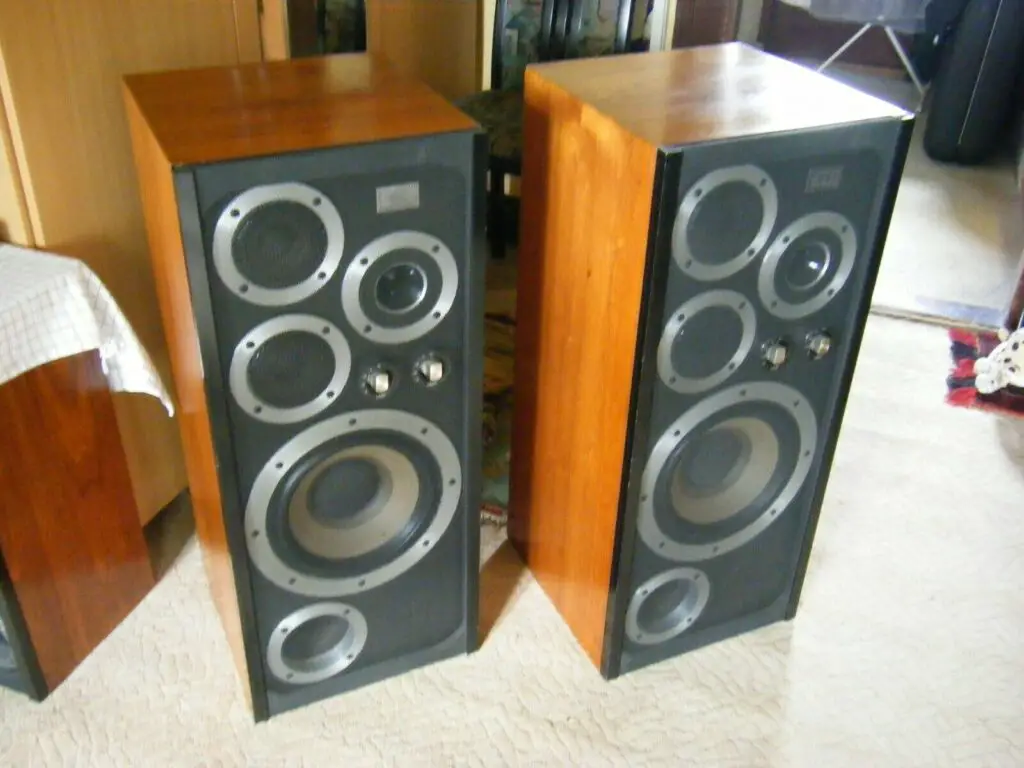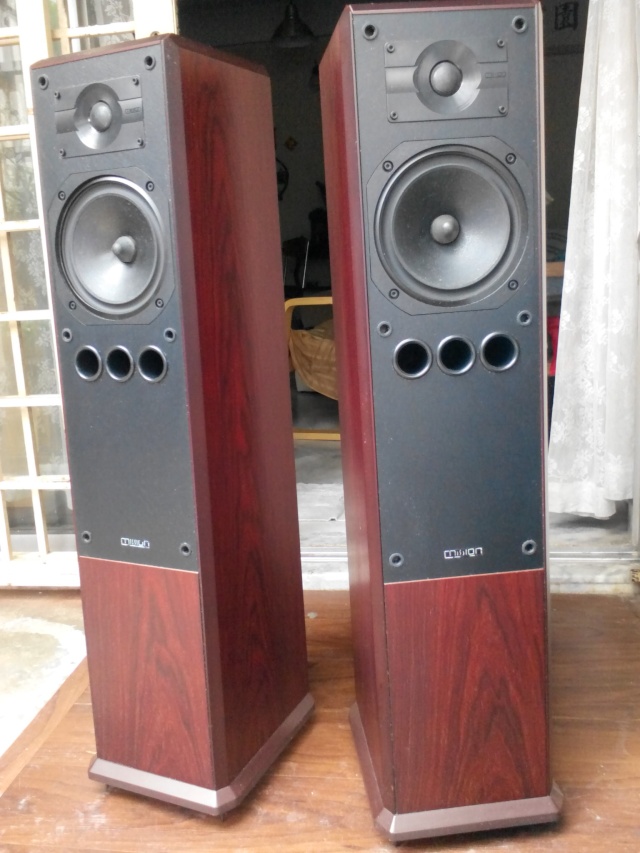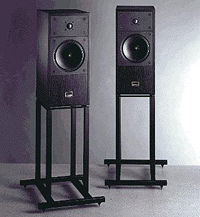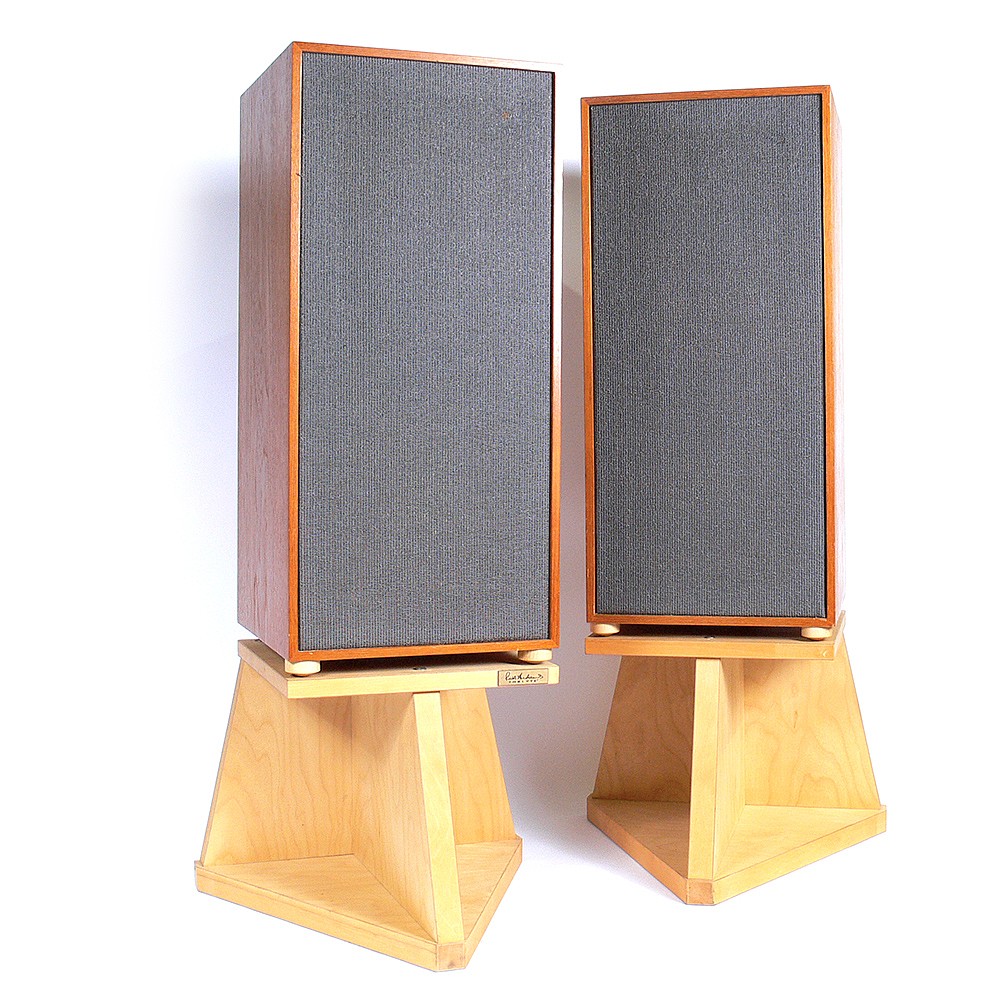The year is 1978. The Bee Gees, as well as other acts like Tavares and Yvonne Elliman who appeared in Robert Stigwood’s magnum opus film Saturday Night Fever, are dominating the pop charts.
Meanwhile, you’re a broke wannabe audiophile who can only fantasize about the exotic stuff you read about in magazines and brochures.
You’re not going to be able to purchase a Linn Sondek turntable, a Nytech CTA252XD receiver, or Spendor BC1 loudspeakers. That will cost you around $2000, or approximately a third of the cost of a new Mini, which is far beyond your budget range….
…So you end up with a pair of Wharfedale Chevin XP2 loudspeakers.
Consider it a stepping stone. Anything less expensive wasn’t really a “high-fidelity” loudspeaker. Solavoxs and Amstrads were available, but while being larger and having more drive units, they were simply not as good.
The Chevin was a fundamental minimum assurance of quality that you’d gotten a legitimate hi-fi loudspeaker; you bought it knowing it had flaws, but you knew they were minor compared to its flashier price rivals.
In terms of hi-fi, it’s comparable to a late-eighties BMW 316 saloon. Sure, there were bigger and quicker vehicles for the money at the time, but the 316 was a BMW with all it entailed – and that was a fundamental, intrinsic quality that its competitors lacked.
The Chevin was the same way – you could tell it had “a good tone,” as they called it. There was a basic level of refinement and good – but not outstanding – build quality. The cabinet was crafted of solid wood, and the driver(s) were created by professionals. Wharfedale was correct when he declared that the Chevin produced “the best sound per pound.”
The Chevin was the first genuine ‘built’ hi-fi speaker for many audiophiles. The speakers cut a lot of high treble – but they still accomplished a lot of things well, particularly soundstaging.
The Wharfedale drive unit, which had its own mechanical crossover and a small diaphragm inserted within the main 200mm paper bass/mid unit, was responsible for this. The result was a unique speaker with dimensions of 305x240x220mm and an 11-litre cabinet in authentic teak or walnut veneer.
The Chevin was a real bookshelf loudspeaker, never needing to be placed on a stand, thanks to its limitless baffle loading. In the 1970s, reflex ported loudspeakers were less popular than they are now, owing to the fact that manufacturers wanted the speakers to be installed in hi-fi cabinets or racks, which were frequently purchased from MFI or Habitat.
Despite the lack of reflex loading, the manufacturer claimed a sensitivity figure of 89dB/1w/1m. Wharfedale claims the amplifier will work with amplifiers ranging from 6 to 25 watts RMS per channel.
The stated impedance was 6 ohms, which wasn’t too difficult for the new solid-state amplifiers on the market at the time. At -5dB points, the frequency response was 80Hz to 20kHz. Wharfedale was being a little optimistic here, considering that treble lacked sparkle and extension, as previously observed.
Similarly, there was minimal low bass, but about 110Hz, there was a large bass bump that made certain bass guitar notes sound much louder than others.
The Chevin XP2 is a relatively poor mini speaker by today’s standards. It can’t withstand a lot of power, has a narrow bandwidth and a lumpy frequency response, and isn’t very forgiving of amplifiers.
Even so, this tiny loudspeaker has a certain allure of its own — it has a naturally appealing and organic tone that makes music seem pleasant both then and now.
Furthermore, unlike many modern compact speakers, it doesn’t sound like the music is coming from a tin can, thanks in part to its 200mm woofer.
The Chevin sounded like most people’s conception of true hi-fi back in the day. The Chevin was vague and veiled even by the standards of the other models in Wharfedale’s new-for-1978 XP2 series – the Denton, Shelton, Linton, and Glendale – but it did so in a charming way.
If you put a pair of them on the end of some nice budget separates or a higher-end music center, you’ll believe that you got a good deal. At the end of the day, it was good enough to not turn people off music or hi-fi, but rather to make them want more…

